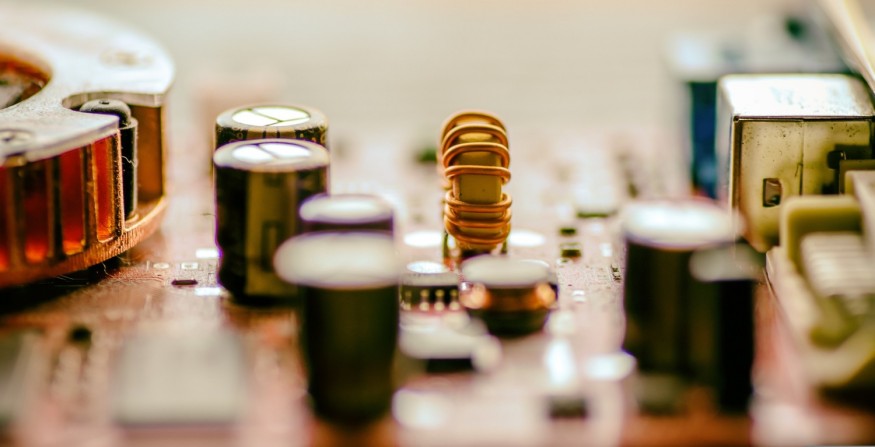Northeastern University professor and student accidentally discovered a new material while working on a product for a university client. They thought that they had broken the material. Yet, they realized that they had formed a new one.

Accidental Discovery of Thermoformable Ceramic
In July, Northeastern University professor Randall Erb and Ph.D. student Jason Bice were in the Northeastern lab. They were putting an experimental ceramic material to the test as part of a hypersonic project for an industry partner. However, something seemed to go awry.
When it was being loaded, it abruptly distorted and fell out of the fixture after torched with a blowtorch. Erb said they assumed the sample on the floor was a failure when they looked at it. He said that what they discovered was completely undamaged. It simply had a different shape.
Erb said that their research group's lives are very much situated at the bleeding edge of technology. "Things break a lot, and every once in a while one of those breaks turns out to be good fortune."
Revolutionary Impact of Thermoformable Ceramic on Electronics
The professor said they tried it a few more times and realized they could control the deformation. Then they started compression-molding the material. They found that it was a very fast process.
When ceramics are subjected to abrupt temperature fluctuations and mechanical loading, they frequently shatter or even explode from thermal shock. However, their sample was only distorted.
The all-unique ceramic's underlying microstructure enables it to transport heat quickly and flow efficiently throughout the molding process. According to Erb, whose research was published in Advanced Materials, the ceramic can be shaped into intricate geometries and demonstrates outstanding mechanical strength and thermal conductivity at room temperature. It could revolutionize the development of heat-emitting electronics, such as mobile phones and other radio components.
ALSO READ: Clothes Can Produce Clean Energy to Power Electronic Devices, Charge Smart Phones
Possible Use of Thermoformable Ceramic
The new product could make two enhancements to the industry. One is how well it can cool high-density electronics by acting as a heat conductor.
Typically, a thick layer of aluminum is installed on telephones and other devices to transfer heat away from the device.
According to Bice, their material can be less than a millimeter thick, offering a subtle alternative. You can shape it to fit the surface you're trying to cool.
On the other hand, the phononic crystal-based ceramic enables heat to move without electron transport. It doesn't interact with other systems or telephones' radio frequencies (RF).
According to Phys.org, adding an aluminum heatsink to an RF component is like adding a number of antennae that can interact with the RF signal. Instead, they can surround an RF component with boron nitride-based material, essentially undetectable to RF signals.
The other enhancement is the ability to immediately form-fit it to the electrical component.
Erb and Bice are certain they can mold all-ceramic materials to fit a variety of electrical components. Compared to the metals currently used, ceramic will be more efficient, lighter, and thinner.
RELATED ARTICLE: How Electronic Devices Affect Your Child's Mental Health
Check out more news and information on Technology in Science Times.
© 2025 ScienceTimes.com All rights reserved. Do not reproduce without permission. The window to the world of Science Times.












